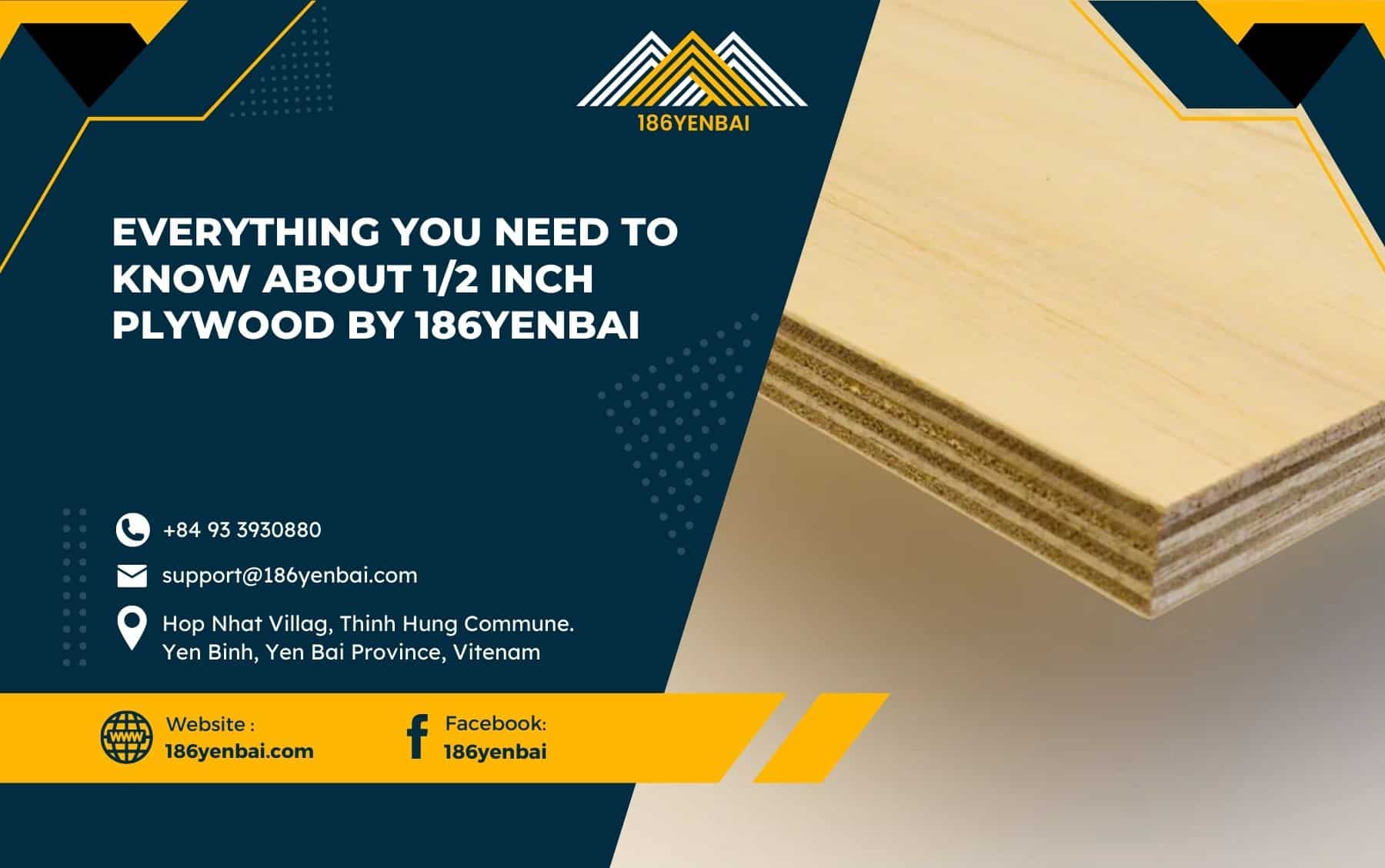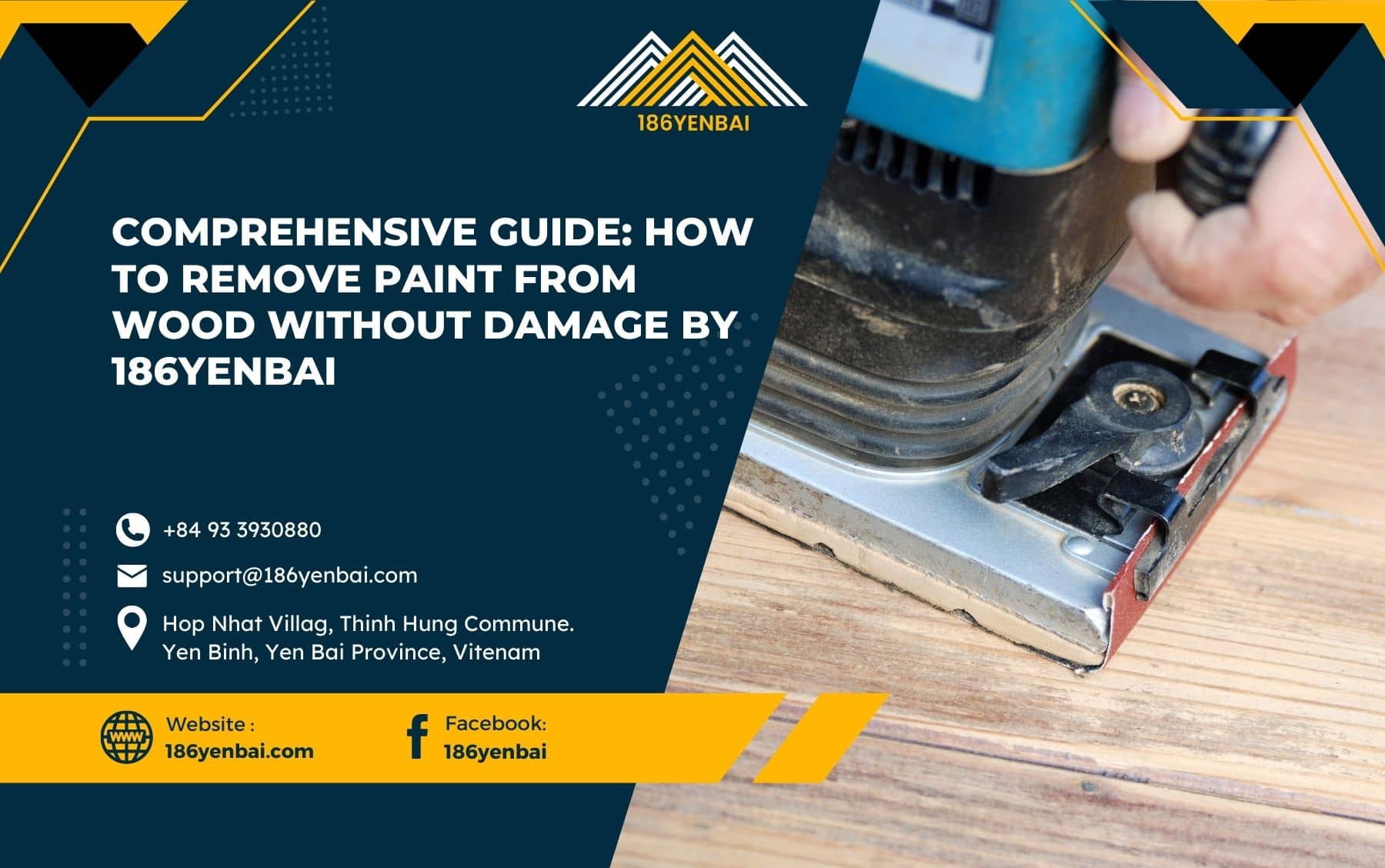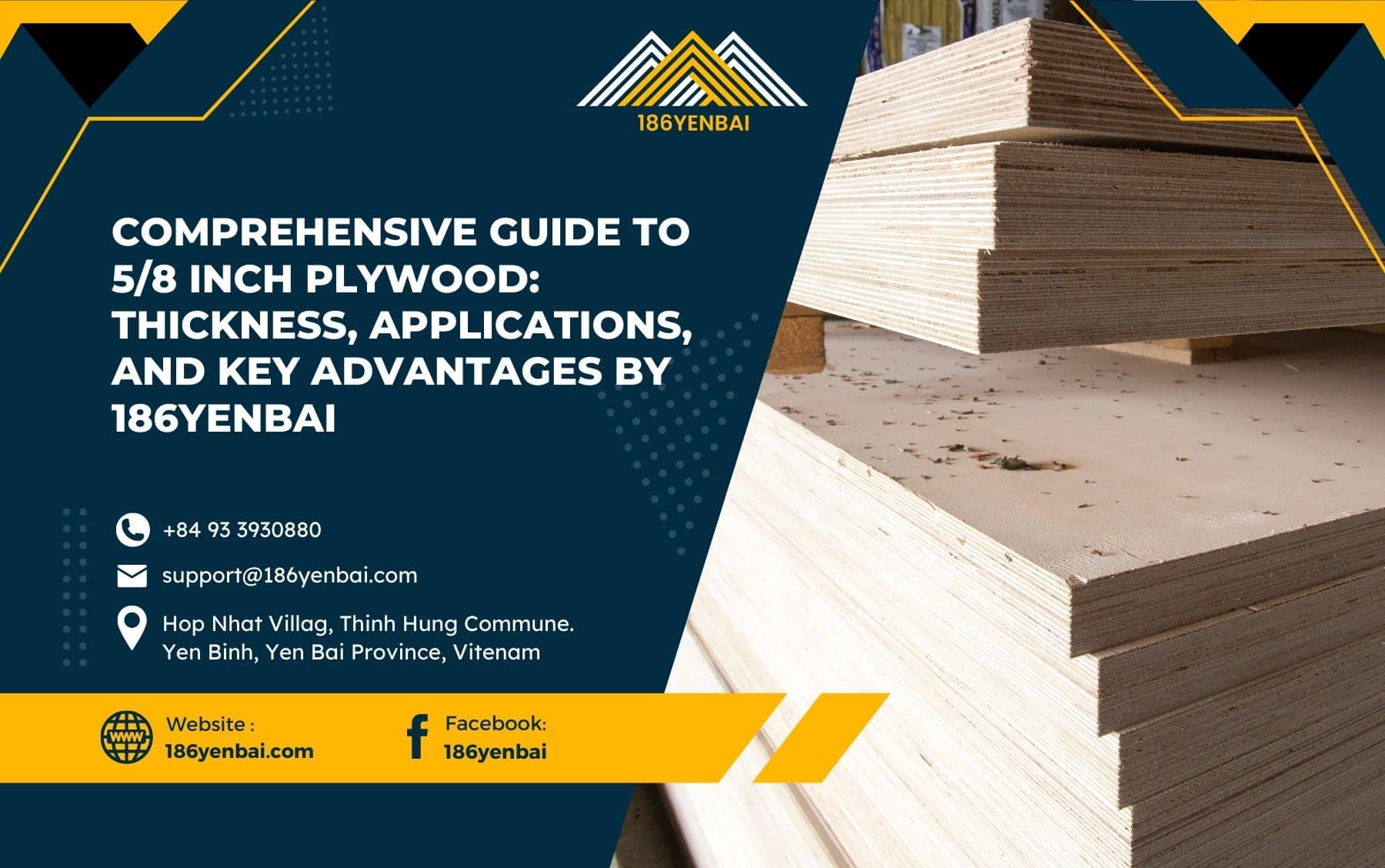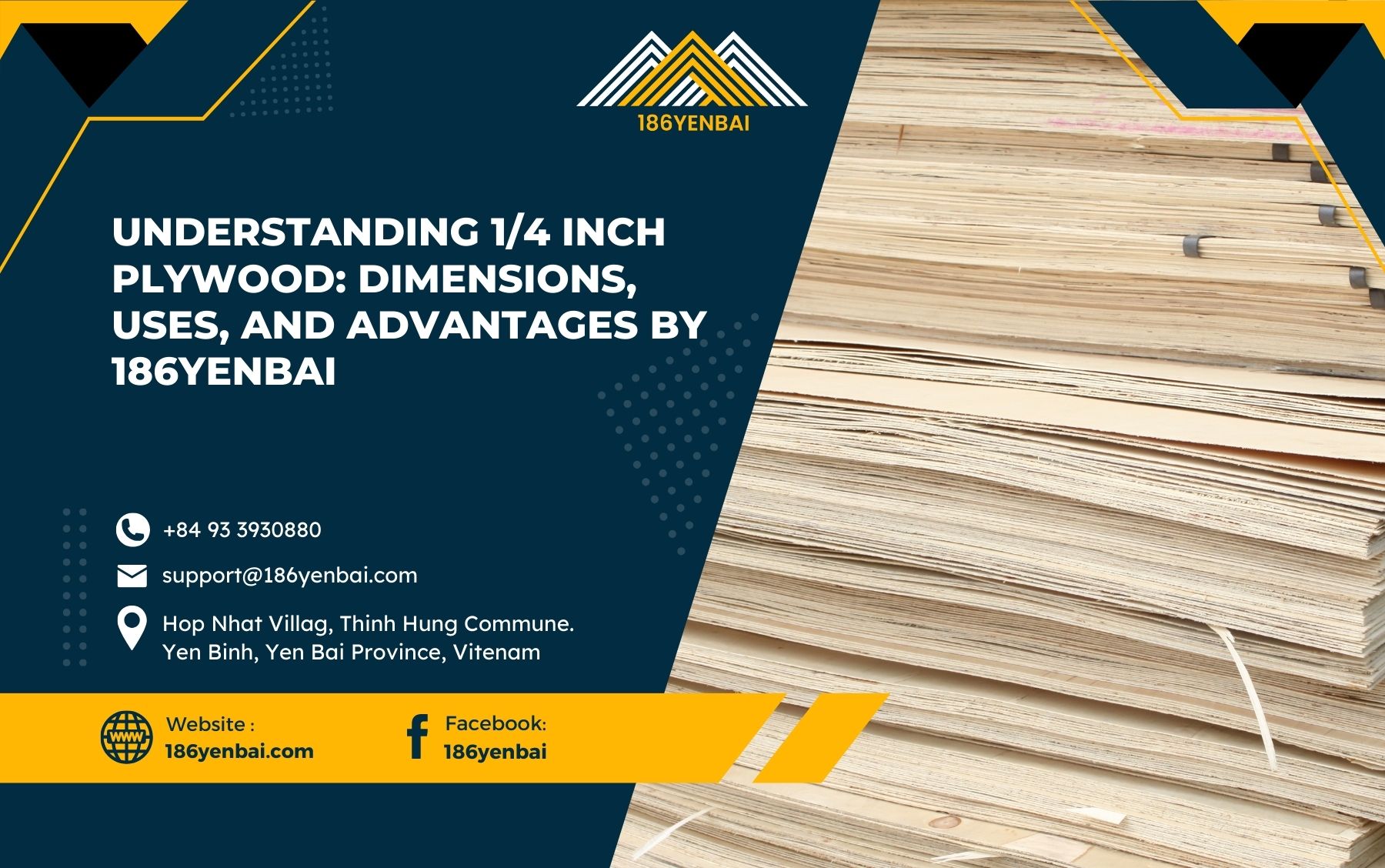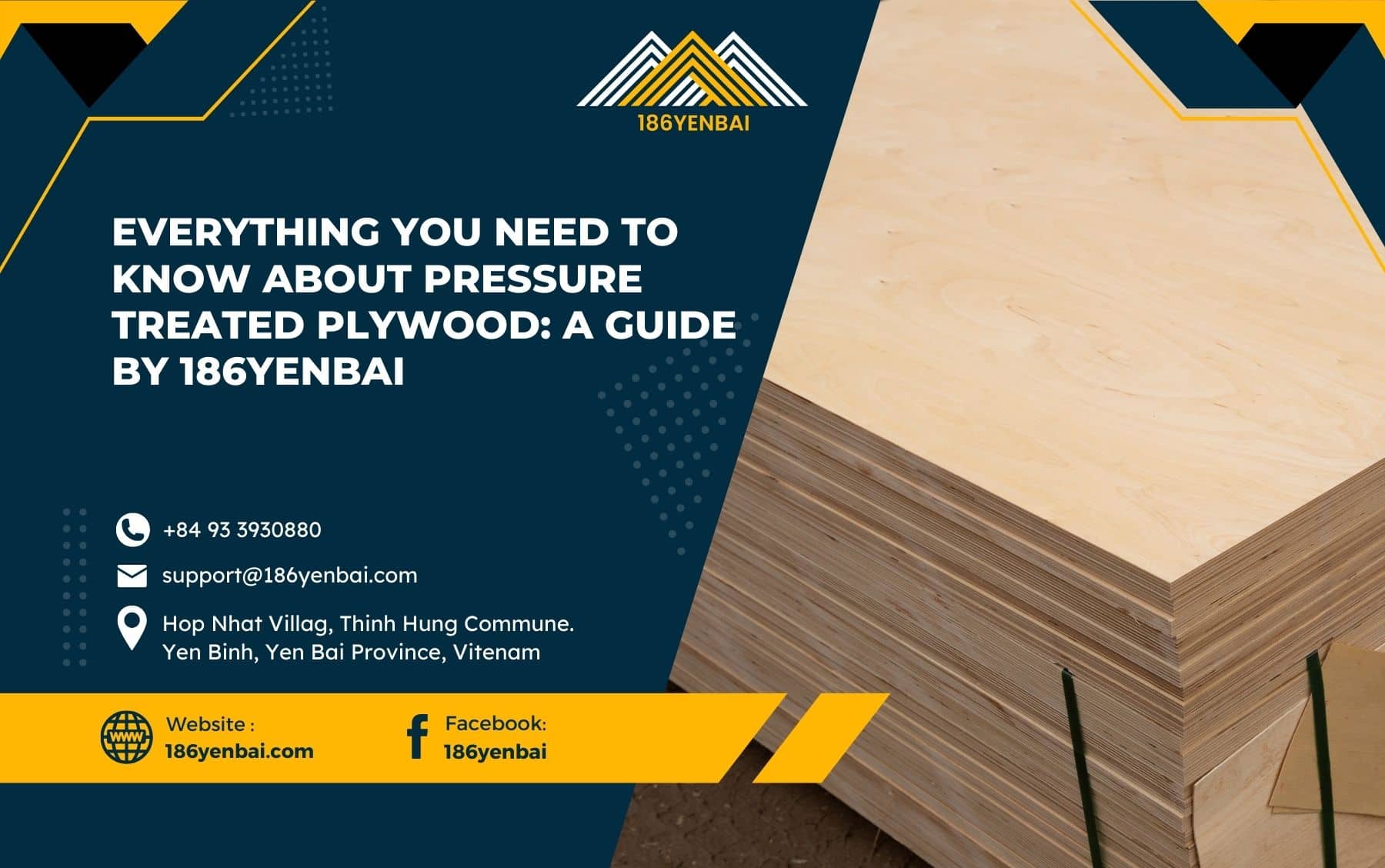When it comes to outdoor wood projects, pressure-treated wood is a popular choice due to its resistance to rot, insects, and decay. However, this wood can still be affected by weather elements such as sun, rain, and humidity. One way to protect and enhance the appearance of pressure-treated wood is by staining it. This article provides a comprehensive guide on staining pressure-treated wood, answering key questions, explaining the process, and offering expert tips to help you achieve a beautiful, long-lasting finish.

Table of Contents
ToggleWhat is Pressure Treated Wood?
Pressure-treated wood is infused with chemicals to protect it from rot, insects, and decay. This makes it an excellent choice for outdoor structures like decks, fences, and outdoor furniture. However, these chemical treatments do not protect against weathering, and exposure to sunlight, rain, and humidity can lead to cracks, warping, and fading over time. Staining is an effective way to improve the durability and appearance of pressure-treated wood while providing an extra layer of protection.
Can You Stain Pressure Treated Wood?
Yes, you can stain pressure-treated wood, but timing is essential. Staining too soon after installation can result in a finish that doesn’t adhere well, while waiting too long can cause premature weathering. Here’s what you need to know about when and how to stain pressure-treated wood.
When Can You Stain Pressure Treated Wood?
One of the most common questions is, “When should I stain pressure-treated wood?” The right time to stain depends on the moisture content and the treatment process of the wood. Most experts recommend waiting 4-6 weeks after installation to allow the wood to dry and acclimate to the outdoor environment. You can test the wood’s readiness by sprinkling a few drops of water on the surface. If the water absorbs into the wood, it’s ready for staining. If it beads up, the wood is still too wet, and you’ll need to wait longer.
10 Steps to Staining Pressure Treated Wood
Follow these steps to achieve a professional, long-lasting stain on pressure-treated wood.
Step 1: Choose the Right Exterior Stain
Select a stain designed for outdoor use, taking into account factors like water repellency, UV protection, and desired finish. Oil-based stains penetrate deeply, while water-based stains offer easy cleanup. If you prefer both, hybrid stains combine durability with easy maintenance.
- Transparency: Transparent or semi-transparent stains highlight the natural grain, while solid stains offer more coverage and UV protection.
- Color: Consider a stain color that complements the surroundings and enhances the natural look of the wood.
Step 2: Prepare the Surface
Preparation is key for a lasting finish. Start by cleaning the wood thoroughly. For new wood, a simple sweep to remove dust may be sufficient. For older wood, you may need a solution of trisodium phosphate (TSP) or a commercial wood cleaner to remove mold, dirt, and stains. Be sure to:
- Scrub the wood with a stiff brush and cleaning solution.
- Rinse thoroughly with water to remove residue.
- Let the wood dry completely before proceeding to stain.
Step 3: Gather the Necessary Tools
Ensure you have the right tools for applying the stain:
- Brushes for detailed areas.
- Rollers or stain pads for larger surfaces.
- Sprayers for quick application (ideal for large projects).
- Protective gear, including gloves and eye protection, to avoid contact with the stain.
Step 4: Apply the Stain
Begin staining by applying an even coat. Work with the grain of the wood to ensure a smooth finish. For vertical surfaces, start from the top and work down to avoid drips. Use a brush for corners and hard-to-reach areas, and apply even strokes to prevent uneven absorption.
Step 5: Protect the Surrounding Area
To avoid staining plants or nearby objects, cover them with tarps or plastic sheets. This precaution keeps surrounding areas clean and prevents any damage from chemicals or stain spills.
Step 6: Regular Cleaning
Once stained, regular maintenance is essential to keep pressure-treated wood looking good. Use mild soap and water for cleaning, avoiding harsh chemicals that could damage the stain.

Step 7: Dry and Inspect
Allow the stain to dry for at least 24 hours before exposing it to any moisture. After drying, inspect the finish to ensure even coverage and smooth application. If needed, apply a second coat for enhanced protection.
Step 8: Apply a Sealer (Optional)
For extra longevity, consider applying a clear sealer over the stained wood. This additional layer enhances water resistance, UV protection, and extends the lifespan of the stain.
How Long to Wait Before Staining Pressure Treated Wood?
Most pressure-treated wood requires 4-6 weeks of drying time before it can be stained. This drying period is critical to allow the chemicals from the treatment process to settle and prevent moisture from affecting the stain’s adherence.
Paint vs. Stain: Which is Better for Pressure Treated Wood?
Staining is generally preferred for pressure-treated wood because it allows the wood to breathe while protecting it from weather elements. Paint can trap moisture, potentially leading to peeling and bubbling. Stain, on the other hand, penetrates the wood and provides a more natural, durable finish.
FAQs About Staining Pressure Treated Wood
Is it Necessary to Stain Pressure Treated Wood?
While not strictly necessary, staining adds durability and enhances the natural beauty of pressure-treated wood. It’s especially beneficial for outdoor projects exposed to moisture and sunlight.
Can You Paint Over Stained Pressure Treated Wood?
Yes, you can paint over stained wood, but ensure the stain is completely dry and consider using a primer designed for outdoor use.
Can Pressure Treated Wood Get Wet?
Yes, pressure-treated wood can withstand moisture. However, prolonged exposure to moisture can eventually cause issues. Applying a stain or sealant provides added protection.
How Often Should You Stain Pressure Treated Wood?
Stain frequency depends on environmental factors and stain type. Typically, a high-quality stain lasts 2-3 years before needing reapplication.
Why Choose 186Yenbai for Your Pressure Treated Plywood and Staining Needs?
186Yenbai offers a selection of premium pressure-treated plywood, designed to withstand the harshest outdoor conditions. Here’s why 186Yenbai is an excellent choice for your plywood needs:
- Superior Quality: 186Yenbai products are crafted with high-quality wood and treatments, ensuring long-lasting performance.
- Wide Range of Options: Choose from various grades and types, including pressure-treated plywood for outdoor use.
- Sustainable Practices: 186Yenbai prioritizes eco-friendly manufacturing processes, making them an ethical choice.
Conclusion
Staining pressure-treated wood is a simple yet effective way to enhance its durability, weather resistance, and appearance. By choosing the right stain, preparing the wood properly, and following best practices, you can extend the lifespan of your outdoor wood projects while maintaining their aesthetic appeal.
186Yenbai offers an extensive range of pressure-treated plywood options, backed by a commitment to quality and sustainability. Whether you’re building a deck, fence, or outdoor furniture, trust 186Yenbai for all your pressure-treated plywood and staining needs.
For more information or inquiries about our high-quality plywood products, contact us at 186yenbai today to discuss how we can support your next construction or renovation project. Plywood Supplier
Phone: +84 93 3930880
Email: [email protected]
Facebook: https://www.facebook.com
Address: Hop Nhat Village, Thinh Hung Commune, Yen Binh, Yen Bai Province, Vietnam
Check out our other articles below:
Why High-Quality Plywood is the Ultimate Choice for Global Markets
High-Quality Plywood vs. Low-Quality Plywood: What’s the Difference?
5 Reasons Why High-Quality Plywood is the Best Choice for Home Renovations

